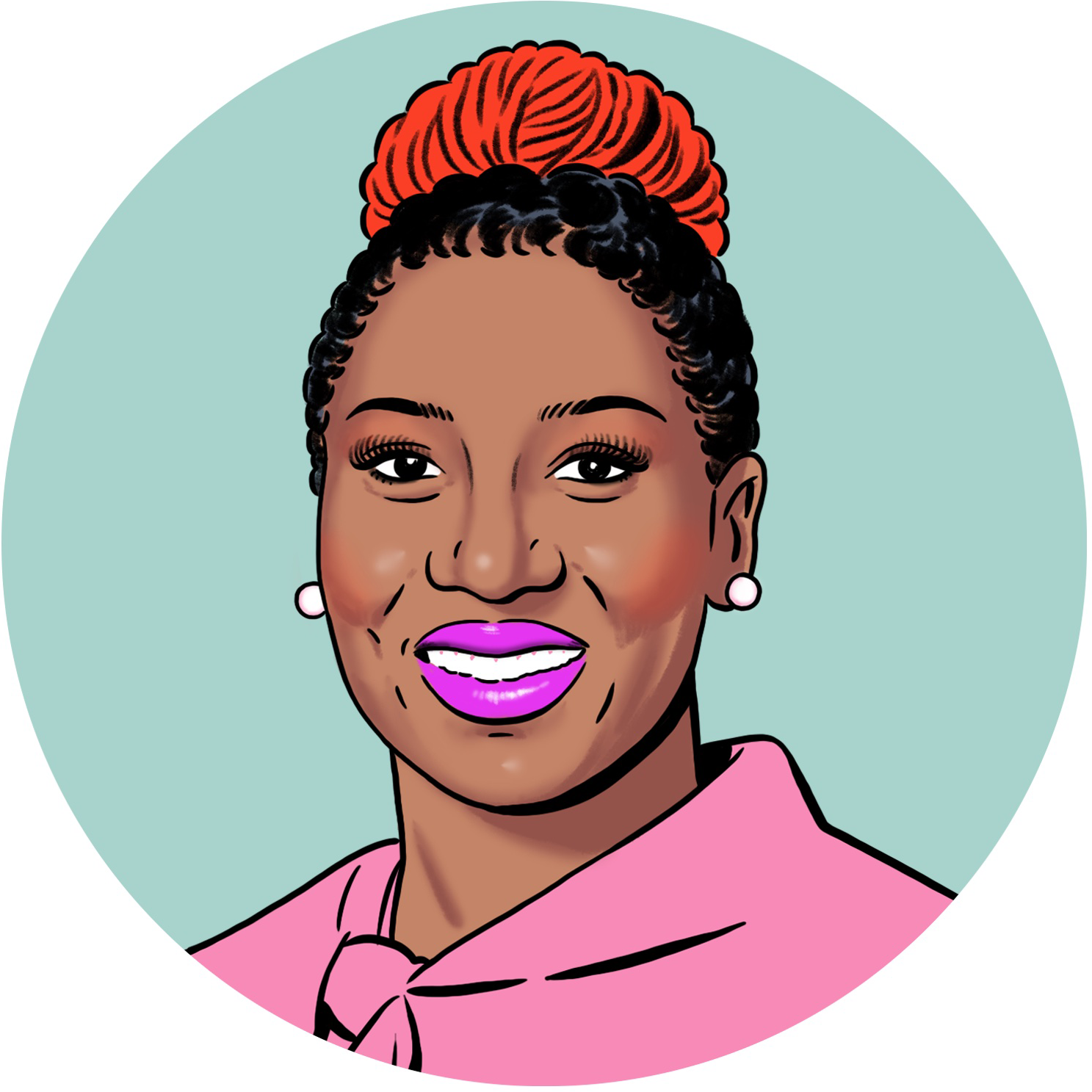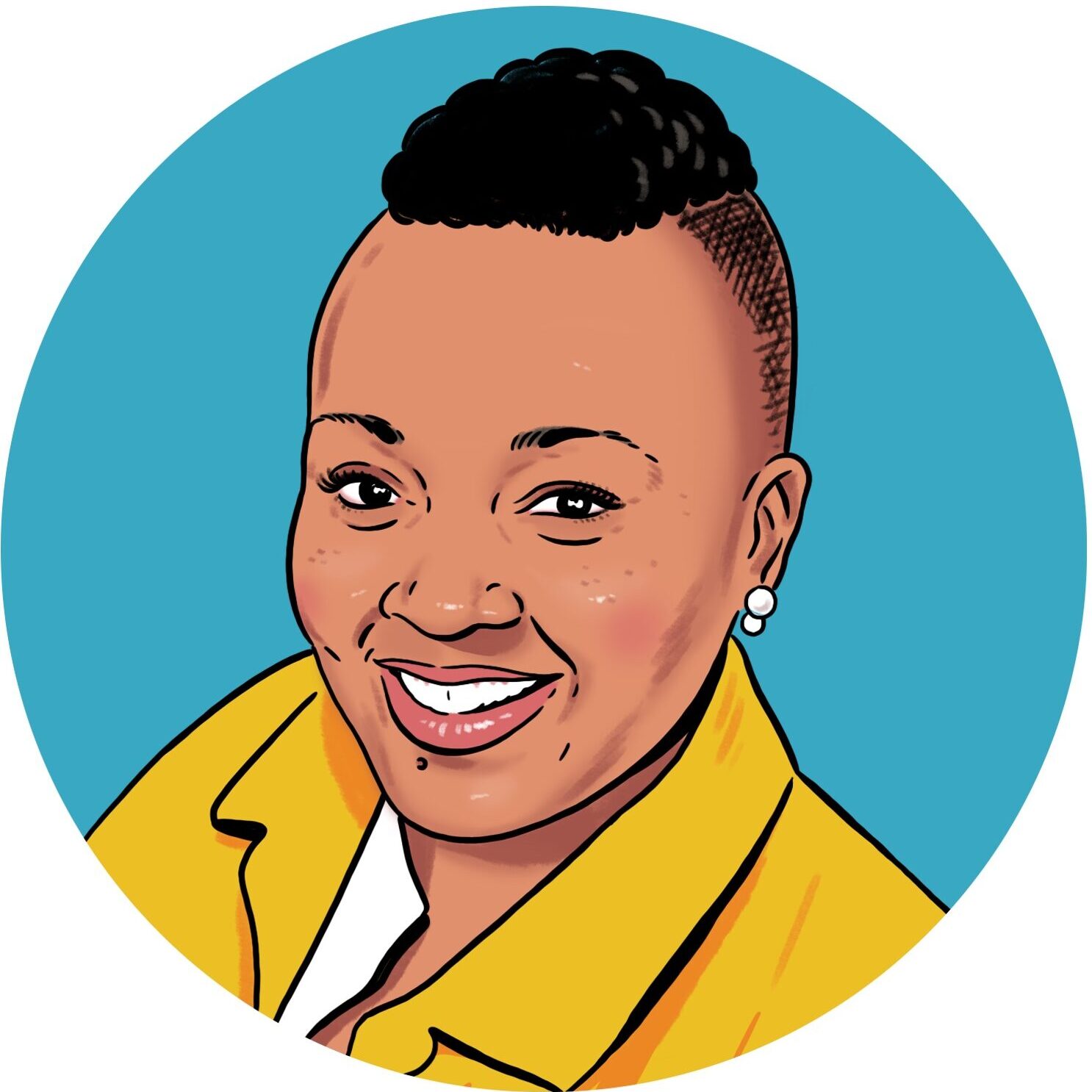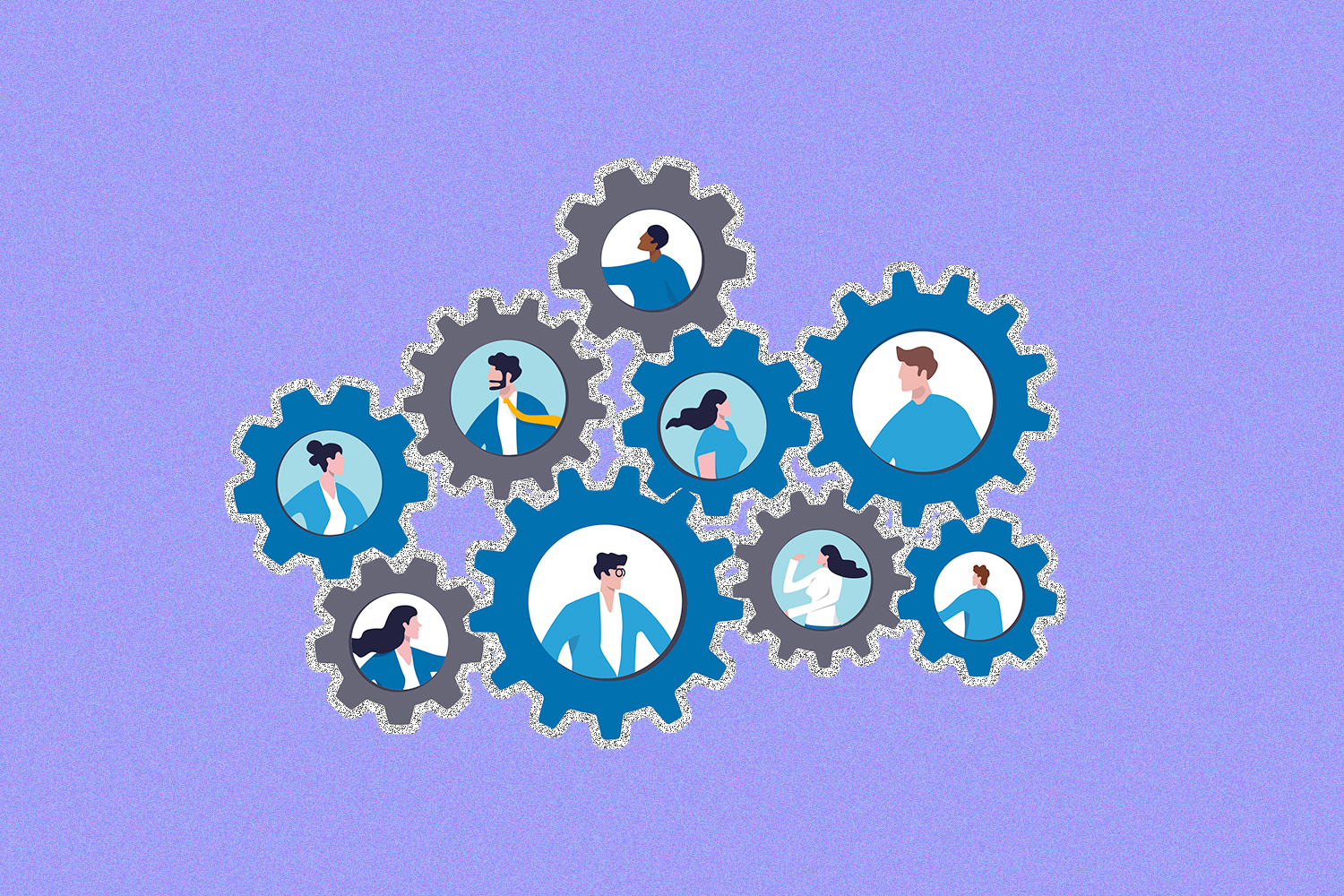As we step into an increasingly diverse and interconnected world, the conversation surrounding diversity, equity, and inclusion (DEI) continues to evolve at a rapid pace. The next five years promise to bring forth a multitude of challenges and hot-button issues that will shape the DEI landscape. From the intersectionality of identities to the role of technology in workplace equity, leaders across various sectors are tasked with anticipating and addressing these emerging concerns.
Below, nine DEI Think Tank members share the key issues expected to dominate the DEI discourse and provide insights into proactive strategies leaders can adopt today to navigate these turbulent waters tomorrow.

1. Not Having DEI Leadership Roles or Efforts
Kimberly MorganDEI Sr. Director, GOJO Industries
Share on LinkedInI shudder when I hear leaders or others say that they hope one day we do not need DEI leadership roles or efforts. As the world continues to become more diverse, so should our respective industries and organizations. As leaders of this work, we must keep a pulse of what is happening relative to DEI and how it impacts our organizations and employees. We can’t expect business as usual, as if the issues happening out in the world do not impact or inform our thinking and decision-making processes.

2. Replacing DEI Work with AI
Adrienne CollinsDirector of DEI & People Strategy, Lovesac
Share on LinkedInAs our world continues to evolve, I think about dealing with AI in the DEI space. There are many companies that may think eliminating the human connection of DEI work by replacing it with AI will be a cost-effective solution — it is not! The only way to be intentional about DEI is through human connection and experiences. There is no replacement for that.

3. Separating DEIB and Well-Being Strategies
Teresa MalcolmSystem Vice-President of Diversity, Equity, Inclusion & Belonging, Dartmouth Health
Share on LinkedInDEIB and well-being are linked in multiple ways and organizations should focus on synchronizing initiatives rather than treat them as “separate but equal.” The need to support clinicians and staff through a holistic approach to well-being will be a hot topic in the future. Leaders can recognize that different daily experiences affect overall well-being outcomes and that individuals underrepresented in medicine have dramatically different experiences.

4. Varying Accommodations Needed for the Multigenerational Workforce
Nsombi RickettsVice President for Diversity, Equity, and Inclusion, Pratt Institute
Share on LinkedInWith the potential of six different generations in the workforce at once, there will be varying needs for accommodations, expanded benefit options, inclusive technology solutions, and customized DEI training to support all employees. To prepare, leaders should learn as much as possible about invisible and visible disabilities, invest in comprehensive mental health and physical wellness resources, and provide the flexibility needed to ensure that everyone in their organization can thrive at work.

5. Algorithmic Bias and the Fair and Ethical Use of AI
Courtney PetersonVice President, Chief Diversity Officer and Chief Human Resources Officer, Edison Electric Institute
Share on LinkedInAs technology continues to play a significant role in our lives, concerns about algorithmic bias and the fair and ethical use of AI are likely to become even more prominent. Leaders will need to grapple with ensuring that AI systems are designed to be equitable and inclusive and they should be having those conversations now.

6. Responding to Climate Change
Eric JohnsonSenior Program Manager, DEI, Papa John's International
Share on LinkedInWe are already seeing the devastating effects of more frequent occurrences of severe weather disasters, and the modern approach to DEI is apt to answer the call of the climate crisis. There’s an opportunity for the field to respond to the imminent civil rights injustices of climate change which will likely most intensely, adversely impact cultural groups who historically and currently have been required to traverse multiple landscapes of prejudice and bias.

7. Increased Legal Challenges and DEI-Eliminating Legislation
Kellie SaulsDirector of Culture, Outreach, and Engagement, Teacher Retirement System of Texas
Share on LinkedInWith increased legal challenges/lawsuits and DEI eliminating legislation, leaders will need to be strategic and specific about what they are doing, its purpose, and to what extent. Leaders need to know and understand what these laws and judicial decisions mean as well as their implications. Mostly, leaders need a comprehensive strategy for normalizing and embedding DEI in their organizations.

8. Managing Cross-Generational Collaboration, Communication, and Values
Karen Perham-LippmanDiversity, Equity, and Inclusion Director, Jensen Hughes
Share on LinkedInWith five generations in the workforce, managing cross-generational collaboration, communication, and values only grows in importance. Incorporating generational age bands into our diversity data at Jensen Hughes enables us to develop strategies that support inclusion for employees at all career stages. Our proactive approach enables us to foster mutual understanding and bridge generational gaps.

9. Focusing on Product Innovation and Integration with Revenue-Generating Departments
Ivan LeeDirector, DEI
Share on LinkedInThe No. 1 value driver for corporate DEI will be to focus on product innovation and integration with revenue-generating departments. For example, Workday sells a SaaS DEI module, so DEI is directly revenue-generating. DEI and ERG leaders have opportunities to tightly integrate into sales and marketing departments as well, finding market opportunities among a global and diverse customer set.






